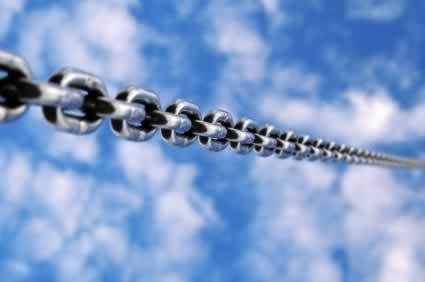The inability to put a dollar value on it. To be successful a company must implement the new technology successfully, yet this is rarely the case and it also but be cutting edge technology.
NPV is Net present value which convents the future value of benefits to their present-value equivalent by "discounting" them fat organisations cost of funds.
ROI is Return on investment which is managements effectiveness in generating profits with their available assets.
Business Case Approach, a written document which is used to justify funding one or more specific applications for projects.
ASP is Application service provider which is an agent/vendor which assembles software needed by enterprise and packages the software with services such as development, operations and maintenance.
Advantages include:
Save Costs.
Reduce software maintenance and upgrades
Reduce user training
Increase competitiveness
Disadvantages include:
-ASP might not offer adequate security protection
-Software not perfect fit for all desired applications
-Must make sure existing software and communications can work well with new ASP.
-Step 1 Identify possible vendors
-Step 2 Determine the evaluation criteria
-Step 3 Evaluate Vendors and Packages
-Step 4 Choose the Vendor and Package
-Step 5 Negotiate Contract
-Step 6 Establish a service level agreement.



